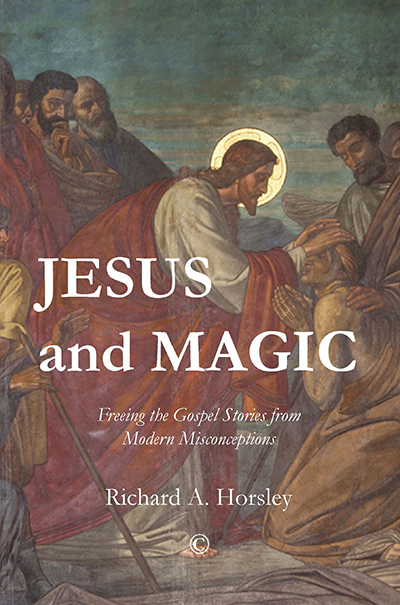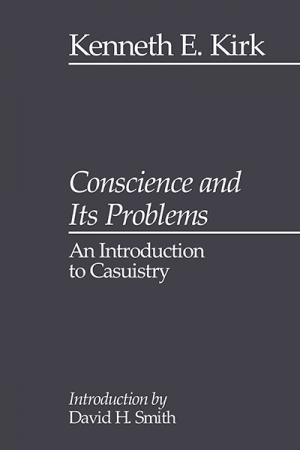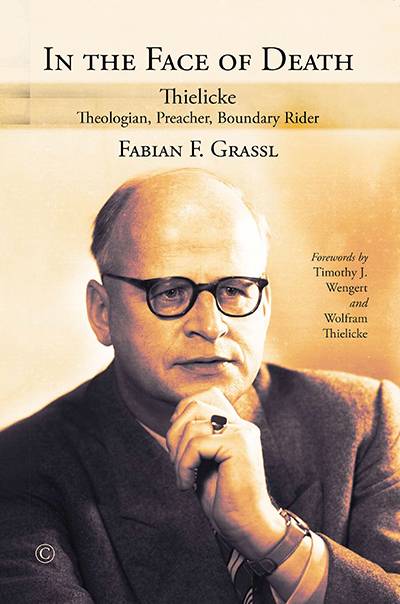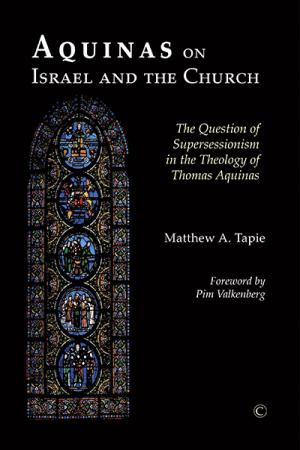Description
It has become standard in modern interpretation to say that Jesus performed miracles, and even mainline scholarly interpreters classify Jesus’s healings and exorcisms as miracles. Some highly regarded scholars have argued, more provocatively, that the healings and exorcisms were magic, and that Jesus was a magician. As Richard Horsley points out, if we make a critical comparison between modern interpretation of Jesus’s healing and exorcism, on the one hand, and the Gospel stories and other ancient texts on the other hand, it becomes clear that ‘the miracle’ and ‘magic’ are modern concepts, products of Enlightenment thinking.
Jesus and Magic asserts that Gospel stories do not have the concepts of miracle and magic. What scholars constructed as magic turns out to have been ritual practices such as songs (incantations), medicines (potions), and appeals to higher powers for protection. Horsley offers a critical reading of the healing and exorcism episodes in the Gospel stories. This reading reveals a dynamic relationship between Jesus the healer, the trust of those coming for healing, and their support networks in local communities. The author’s reading of the Gospel stories gives little or no indication of divine intervention. Rather, he concludes, the healing and exorcism stories portray healings and exorcisms.
About the Author
Richard Horsley, Professor Emeritus at University of Massachusetts Boston, is author of numerous books on Paul, on the Gospels, and on the historical Jesus, including Jesus and Empire (2003), Jesus and the Powers (2011) and, more recently, Text and Tradition in Performance and Writing (2013).
Contents
Introduction
Abbreviations
Part 1: Miracles
Introduction to Part 1
1. A Missing Concept: (Elite) Judean and Hellenistic Culture
2. The Concept of Miracle and Jesus’ Healings and Exorcisms
Part 2: Magic
Introduction to Part 2
3. Modern Construction of Ancient Magic
4. Construction of Jewish Magic
5. Construction of Jesus as Magician
6. The Magician – and Jesus – as Sociological Type
7. Discourse, Ritual Practices, and Healing
Part 3: Jesus’s Healings and Exorcisms
Introduction to Part 3
8. The Gospel Stories as the Sources
9. Healing Episodes
10. Exorcism Episodes
Conclusion
Bibliography
Endorsements and Reviews
A brilliant rethinking and reframing of evidence that powerfully challenges some long-held assumptions in NT scholarship. Not all scholars will agree with every point but Horsley persuasively shows that the modern use of ‘miracle’ and ‘magic’ reflect the post-biblical history of those terms, and this work certainly lays to rest the thesis of ‘Jesus the magician’.
Craig S. Keener, Asbury Theological Seminary, Wiltmore, Kentucky
Horsley challenges the traditional understanding of Jesus’s activity as miracles and/or magic. Instead, he argues convincingly for a relational and contextual approach to analyzing the figures and scenes in the gospel healing and exorcism stories about Jesus. They make sense only in the concrete socio-cultural context of Roman Palestine and Israelite tradition. This is Horsley at his critical best.
John J. Pilch, Johns Hopkins University
Horsley’s arguments are easy to follow and well presented.
David Sellick, in The Reader, Vol 115, No 1
…[Horsley’s] succinct, acute critique tackles a vitally important interpretative issue in a way that is intelligible to students and scholars alike, and it should be given serious attention.
Kimberley Fowler, in Journal for the Study of the New Testament, Vol 38, No 5
The biggest strength of this book lies in its candid reminder of the fact that ‘map is not territory’ in the study of religion; sometimes our scholarly constructs obscure more than they reveal … this book is well-written and would be useful for undergraduate and graduate seminars alike.
Jonathan Homrighausen, in Theological Book Review, Vol 27, No 2





